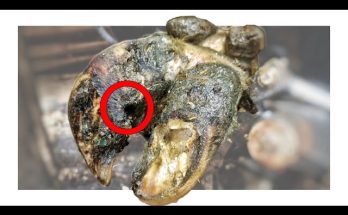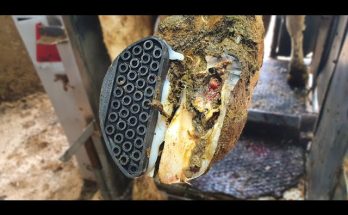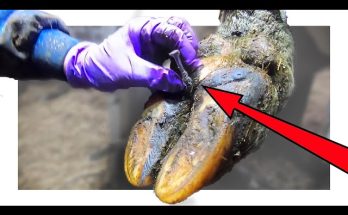Approach and Preparation
Before you begin, it’s crucial to approach your horse in a calm and reassuring manner. Horses are perceptive animals and can pick up on your emotions; if you’re nervous, your horse might become uneasy as well. Always approach from the front at a diagonal angle to ensure the horse is aware of your presence and not startled.
Positioning Yourself Correctly
Stand even with the horse’s shoulder, facing towards the horse’s rear.
Ensure your feet are not too close to the horse’s hoof to avoid accidental injury.
The Technique for Front Hooves
Gently run your hand down the horse’s shoulder and along the leg, stopping above the ankle.
Grasp the ankle lightly and use a verbal cue, such as a click, to signal the horse to lift its leg.
If the horse resists, apply gentle pressure to the shoulder and squeeze the tendons to encourage movement.
Combine physical cues with your chosen verbal cue to reinforce the behavior.
Cleaning the Hoof
Carefully remove debris from the hoof clefts, rim, and frog.
Exercise caution around the frog, as it can be sensitive, especially if the horse has thrush, a common hoof infection.



